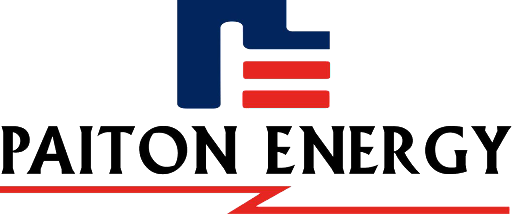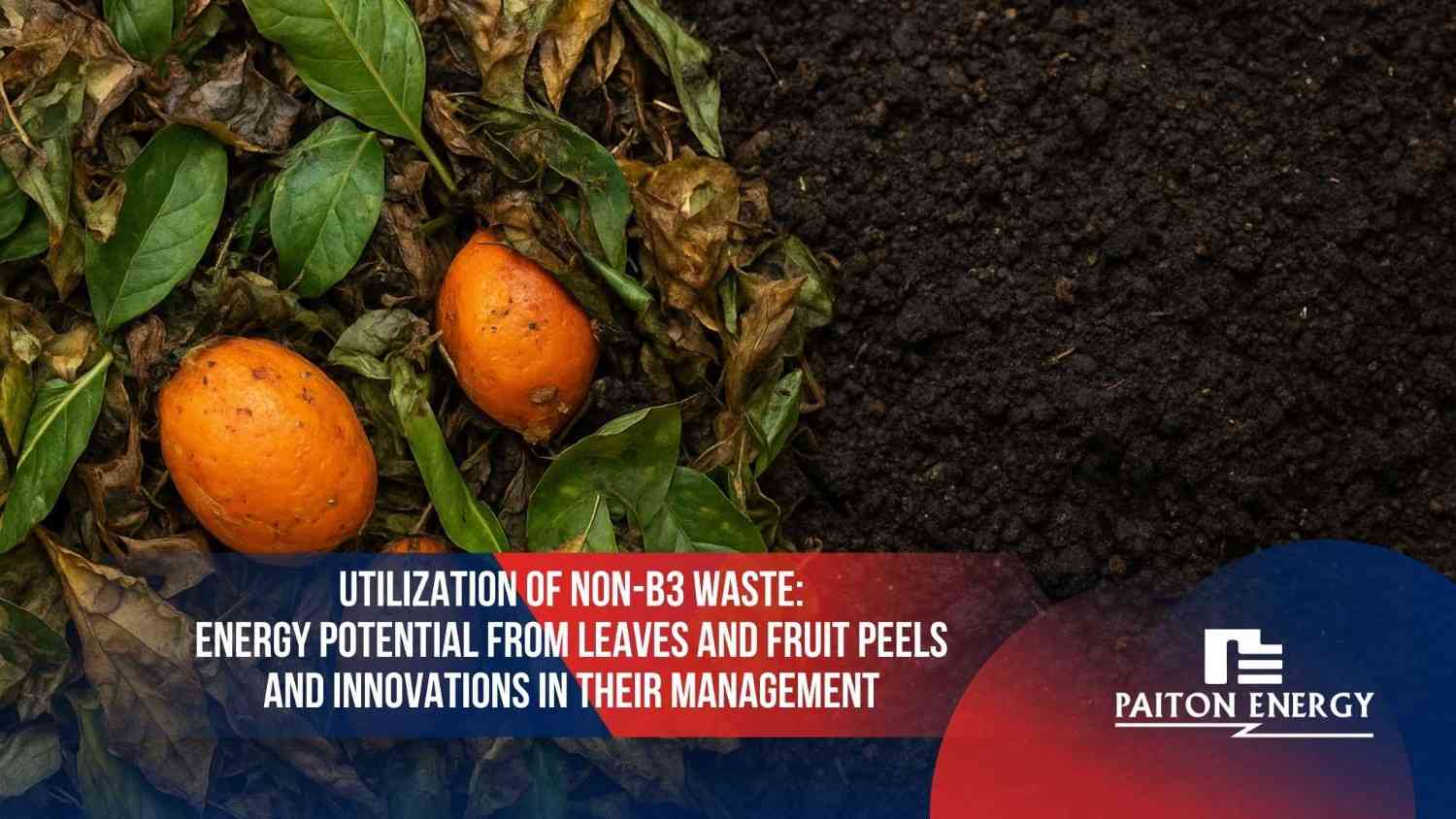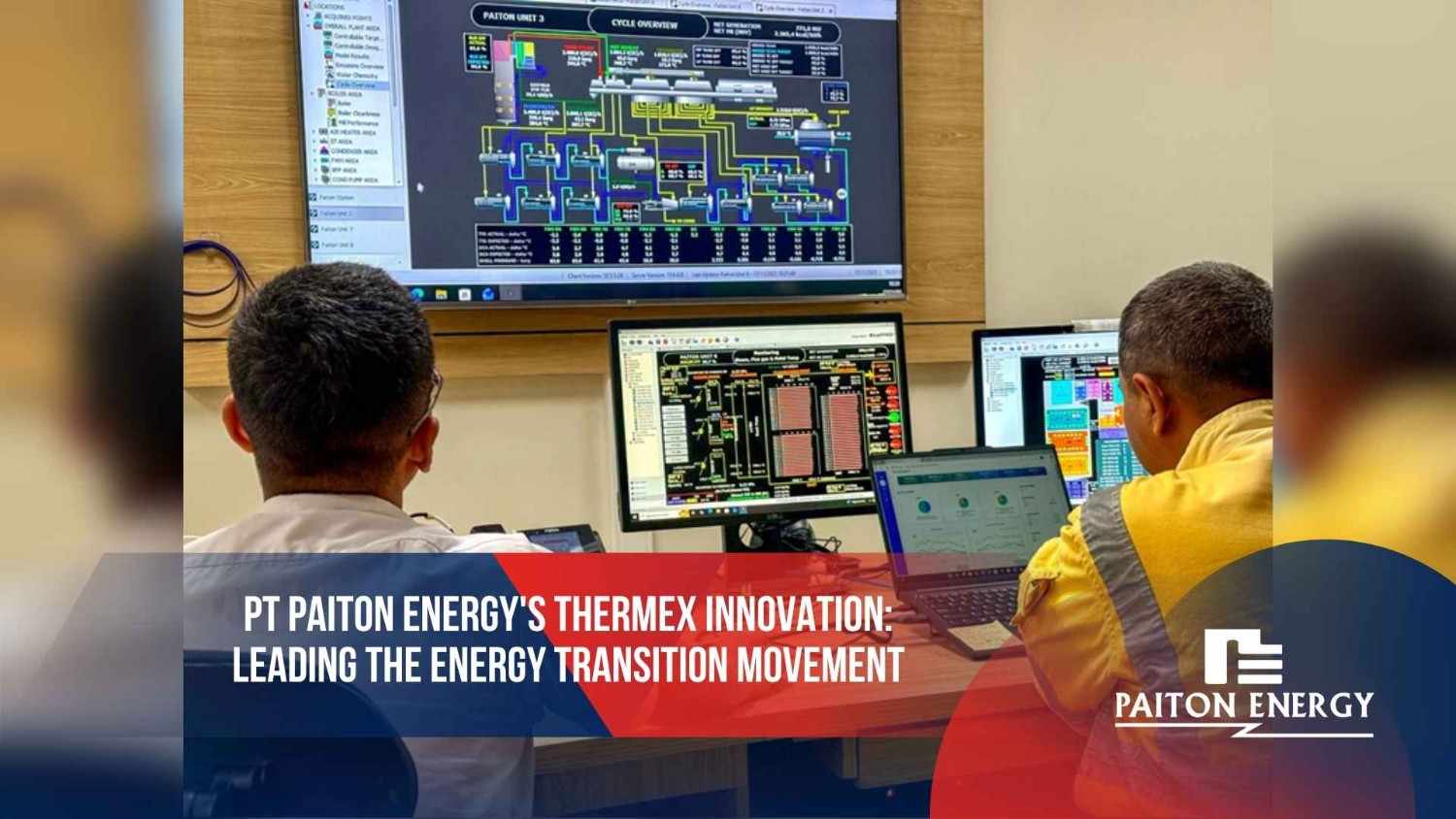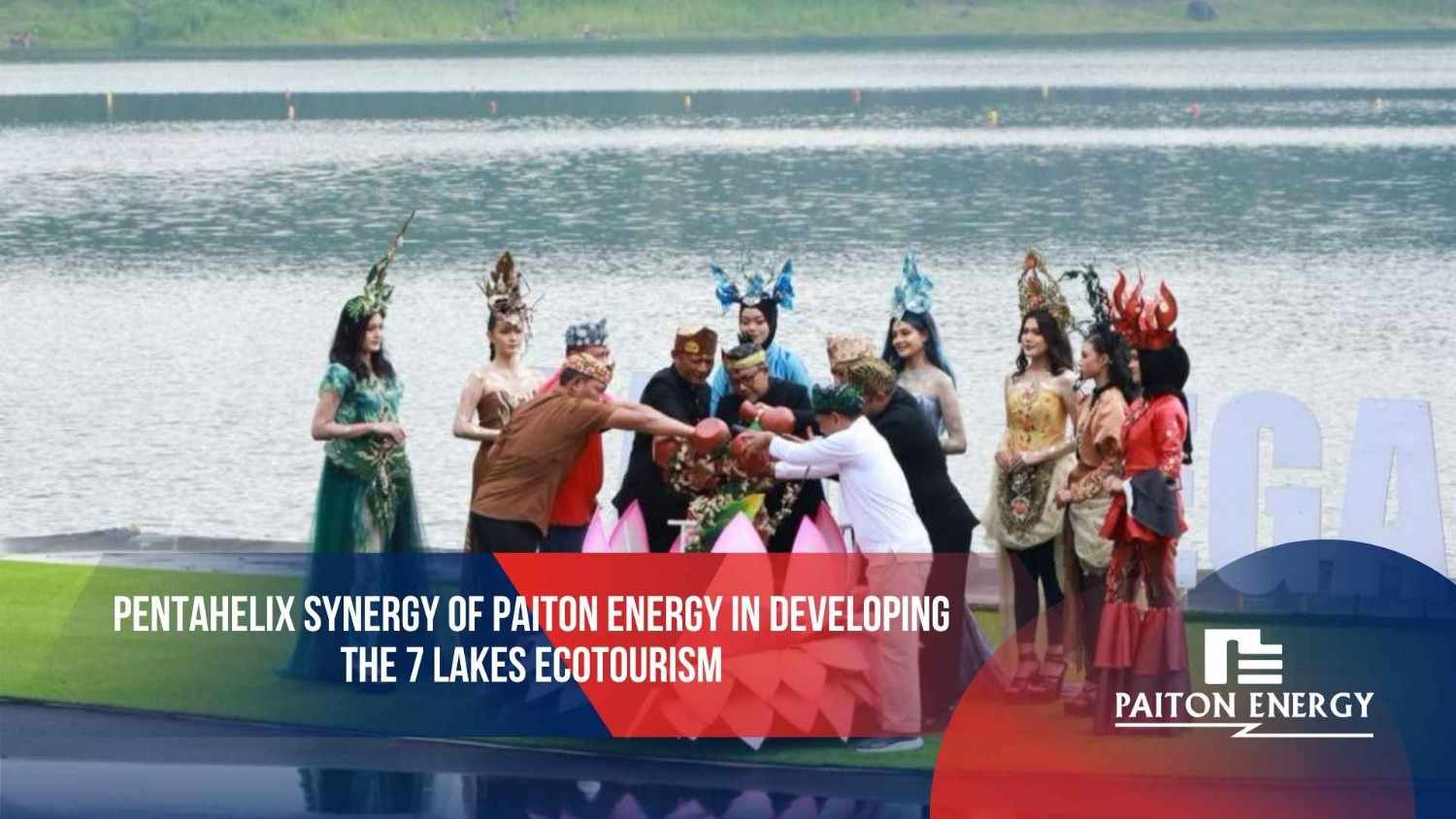The issues of environmental sustainability and energy availability are key global concerns in the modern era. In this context, waste management—especially non-Hazardous and Non-Toxic (Non-B3) waste, which constitutes a vast volume—becomes critical.
This article will comprehensively discuss the definition of Non-B3 waste, its characteristics, and how the potential utilization of organic materials such as leaves and fruit peels can usher in a new chapter for the renewable energy industry.
What is Non-Hazardous and Non-Toxic Waste (Non-B3)?
Non-B3 waste refers to residual matter from a business and/or activity that does not exhibit the characteristics of a Hazardous and Toxic Material (B3).
Unlike B3 waste, which requires highly stringent handling due to its toxic, corrosive, or flammable nature, Non-B3 waste is generally not harmful to health or the environment if managed correctly.
Despite being non-hazardous, all Non-B3 waste must still be managed using appropriate procedures to prevent pollution and negative impacts on human welfare.
Characteristics and Examples of Non-B3 Waste
To understand the potential utilization of Non-B3 waste, it is important to recognize its main characteristics:
- Non-Hazardous: The primary feature of Non-B3 waste is the absence of hazardous properties such as toxicity, corrosiveness, or flammability.
- Degradable/Recyclable: Most Non-B3 waste, particularly organic matter, has the capacity to be reprocessed or recycled, making it environmentally friendly.
- Safe with Proper Management: By adhering to applicable waste management regulations and standards, this waste will not cause severe negative impacts.
Examples of Non-B3 waste are highly diverse, ranging from food scraps, plastic, paper, and metal from households, to organic waste like leaves, grass, foliage, as well as non-hazardous residue from industrial and agricultural activities.
The most notable difference between B3 and Non-B3 waste lies in their origin, hazard level, and management regulations. B3 waste originates from industries or hospitals, poses a high-risk potential, and is governed by very strict regulations, while Non-B3 waste largely originates from households or agriculture, has low-risk potential, and is managed more flexibly.
Understanding the nature of Non-B3 waste and its differentiation is crucial for ensuring regulatory-compliant and sustainable waste management.
Regulations and Management of Non-B3 Waste in Indonesia
The Indonesian Government regulates the management of Non-B3 waste through several regulations, including Government Regulation No. 22 of 2021 and Minister of Environment and Forestry Regulation No. 5 of 2013. These regulations govern the handling mechanisms, which encompass:
- Reduction: Efforts to minimize the generation of waste.
- Storage: Procedures for safe temporary storage.
- Utilization: The process of reuse, recycling, or recovery.
- Landfilling: Placement in designated special facilities.
- Transportation: Safe and standard-compliant transfer procedures.
The management of Non-B3 waste must be carried out by responsible parties, obtain approval from relevant agencies, and always comply with applicable standards. This ensures that every process, from segregation to reuse, is utilized safely and environmentally responsibly.
Potential Utilization of Non-B3 Waste in the Energy Industry
One of the most promising areas for Non-B3 waste utilization is in the energy sector. Organic waste like leaves and fruit peels, which typically end up only in landfills, can now be converted into an environmentally friendly alternative energy source.
1. Biogas Energy
Organic waste, especially fruit peels, can be utilized through the fermentation process. This process produces biogas, which is a clean and efficient alternative fuel. Research indicates that biogas derived from fruit waste has significant potential to reduce reliance on fossil fuels, both for household and small-scale industrial applications.
Tangible Innovation in Non-B3 Waste Reduction: Case Study of PT Paiton Energy
Realizing the potential of Non-B3 waste utilization in the energy industry requires tangible innovation. PT Paiton Energy stands as a pioneer in Non-B3 waste reduction program innovation, specifically for leaves and fruit peels, through a program named “EnzymPoz.”
The EnzymPoz program represents a breakthrough, as it had not been featured in Power Plant Best Practices over the last four years (2020–2023) as issued by the Ministry of Environment and Forestry, which has been verified by an independent party (Number 2346/UN1/PSLH/PT.01.10/2024).
This program has demonstrated significant results:
- Cost Savings: The program successfully saved internal operating costs for PT Paiton Energy amounting to IDR 50,336,000.00 as of June 2024.
- Waste Utilization: The program successfully utilized 11.03 Tons of generated leaves and 1.57 Tons of generated fruit peels, for a total absolute utilization of 12.6 Tons as of June 2024.
The success of PT Paiton Energy proves that organic waste, categorized as Non-B3, can be managed innovatively to create economic value while supporting environmental sustainability.
Understanding Non-B3 waste and its potential is the first step toward better environmental governance.
Non-B3 waste from leaves and fruit peels holds a strategic role as a source of renewable energy that can replace fossil fuels. Innovations like the EnzymPoz program show that Non-B3 waste utilization is no longer just a discourse but a genuine opportunity to create clean energy solutions and mitigate environmental impact.
With a strong commitment to understanding Non-B3 waste and its management, we can collectively build a greener and more sustainable future.




